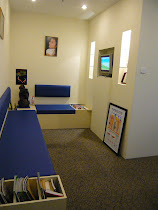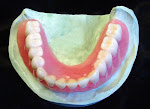
Maryland Bridge
A Maryland Bridge is a type of bridge and is the simplest and least invasive. It relies on adhesion (stickyness) a metal wing is attached to the new tooth and this metal is stuck to the back of your adjacent tooth.The advantage is that the adjacent tooth needs only a little tooth removal.
The disadvantages are this metal wing can become unstuck and sometime the adjacent tooth gets a greyish appearance as the metal can sometimes shine through the tooth.
For the cost of maryland bridge starts from $800/-.
( 7 - 10 days )










